8 Fragrant Succulents And Cacti That Will Naturally Perfume Your Home
More than just attractive, easy-care houseplants, many succulents and cacti also produce an inviting scent. Discover the best varieties to perfume your interior with beautiful flowers or aromatic leaves.

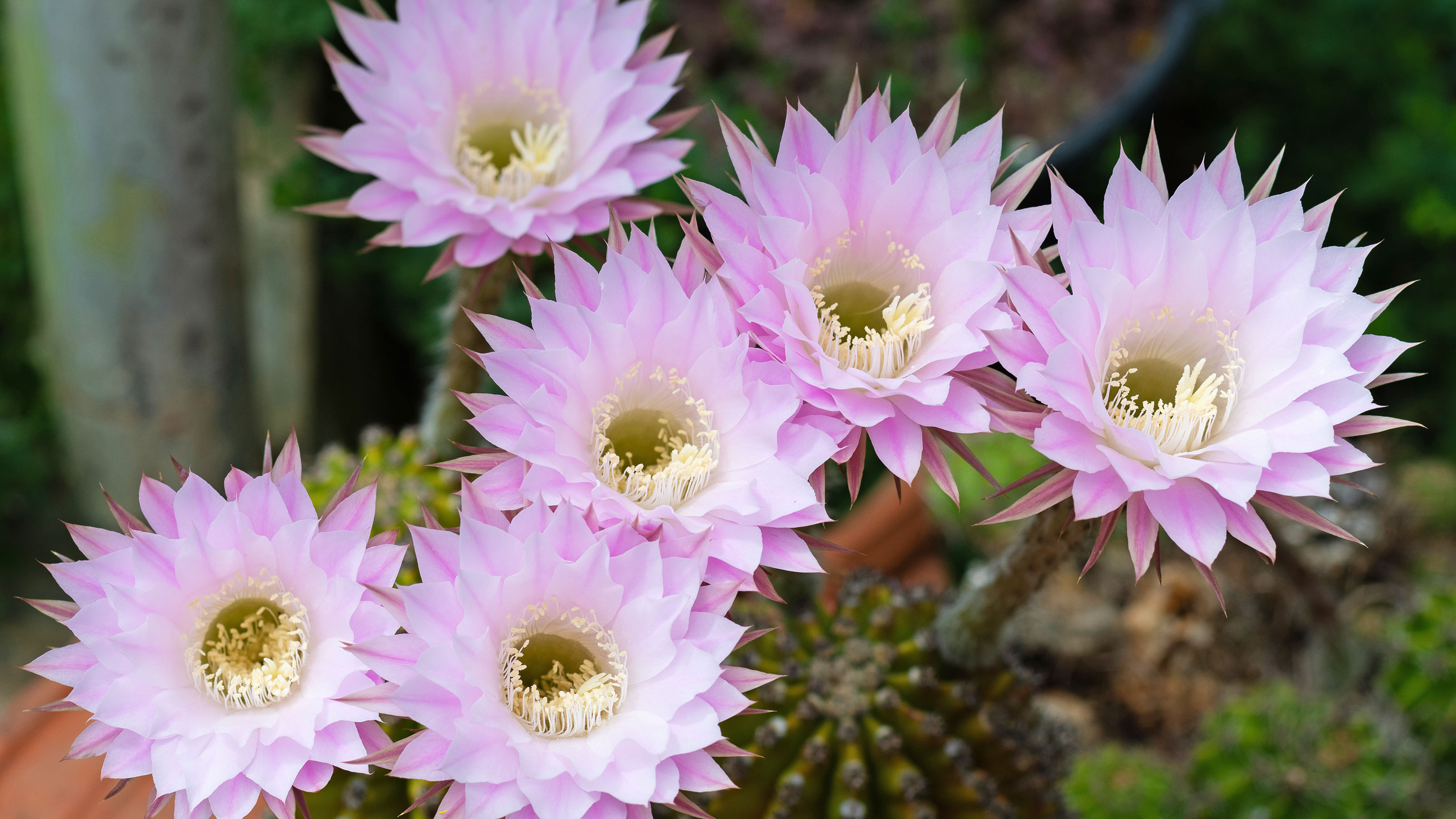
Succulents and cacti are easy to grow and make excellent houseplants. When we think of these plants, we mostly consider them desert varieties, but some grow in tropical regions.
The succulent group of plants, including cacti, covers thousands of species. Headlining these are specific genera.
Most succulents bloom in the wild; however, houseplants often do not produce flowers because it is hard to mimic their natural growing conditions in the home. Yet when flowering succulents do produce blooms, they are show-stopping.
While many succulent flowers do not smell much, some have a fantastic olfactory appeal, with bold flowers to match.
Try some of our recommendations for fragrant flowering cacti and other succulents, as well as our tips on how to promote blooms.
1. Mesembryanthemum
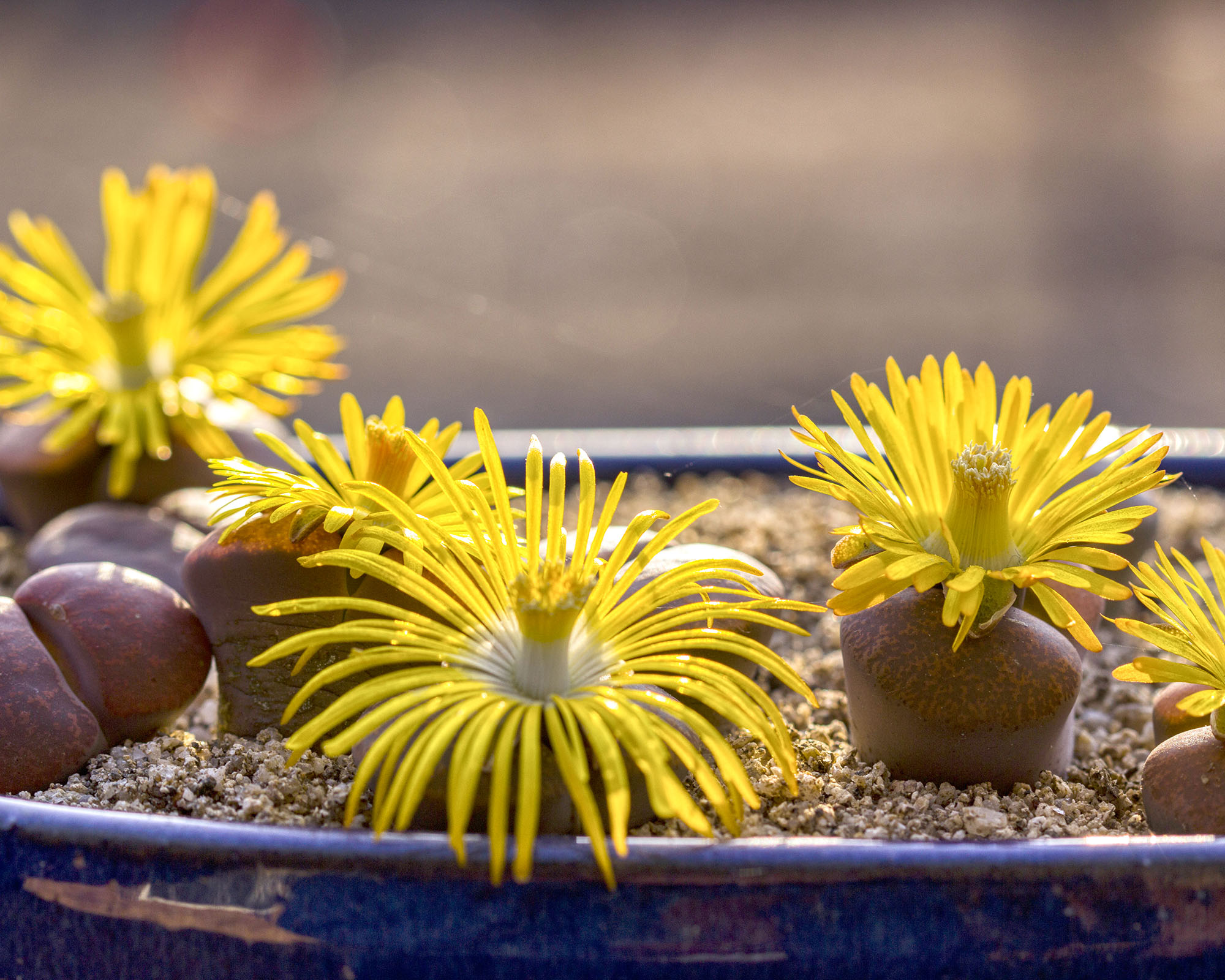
Also known as mimicry plants, Mesembryanthemum species are small, stout plants that look like rocks and stones.
Lithops are of the better-known varieties. These look like little cleft rocks and come in shades of gray, green, pink, and other colors found in rocks.
Sign up for the Gardening Know How newsletter today and receive a free copy of our e-book "How to Grow Delicious Tomatoes".
The flowers are quite large in comparison to the plant and are brightly colored. They are also sweetly scented.
2. Senecio
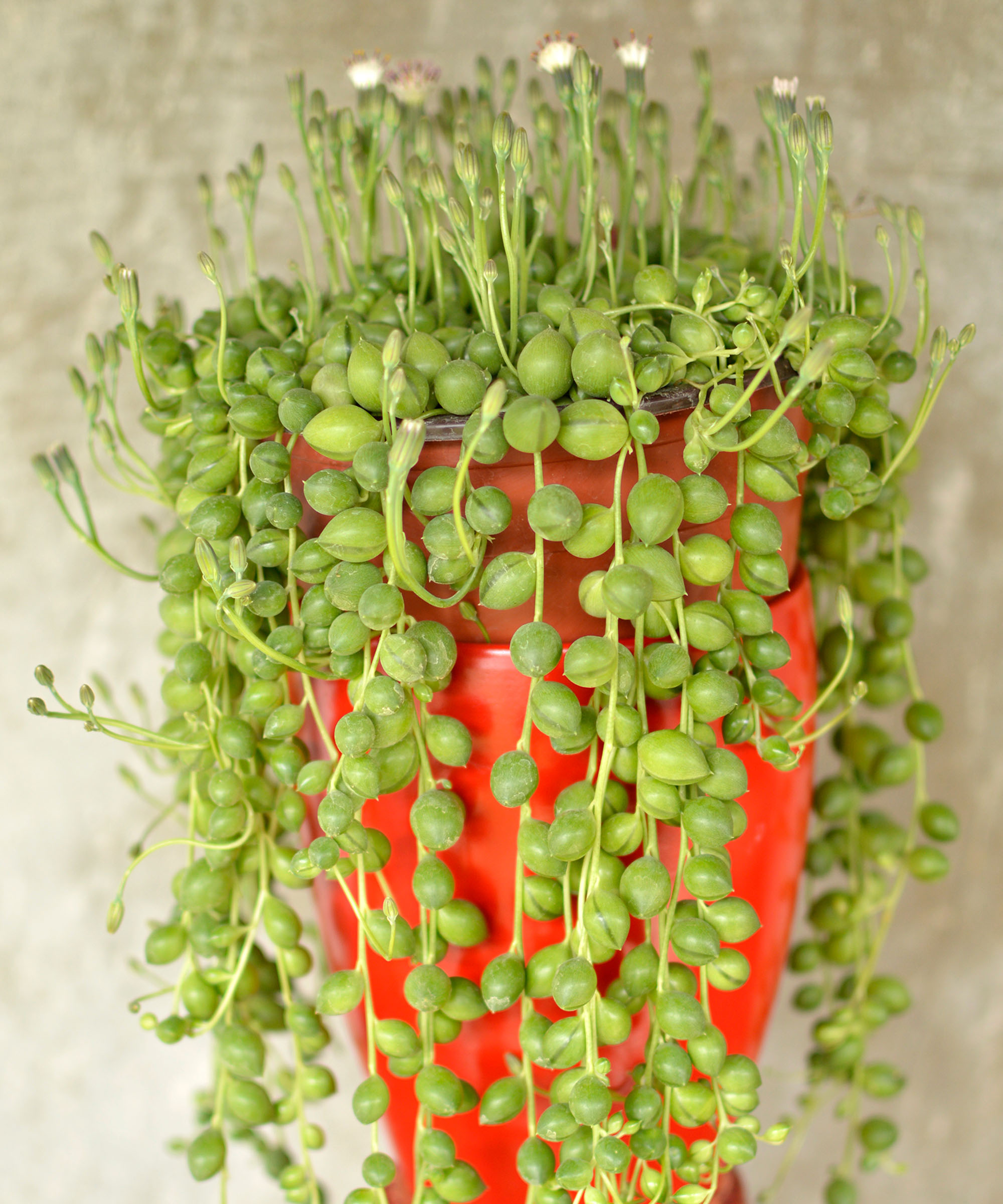
String of pearls comes to mind when I think of the Senecio genus. The stems tumble appealingly downward, decorated with round, green leaves.
The flowers can be difficult to promote, but when they come they are slightly tinged with a cinnamon scent.
Scented groundsel is another fragrant bloomer, while Senecio kleiniiformis has lemon-scented, yellow flowers.
3. Cereus
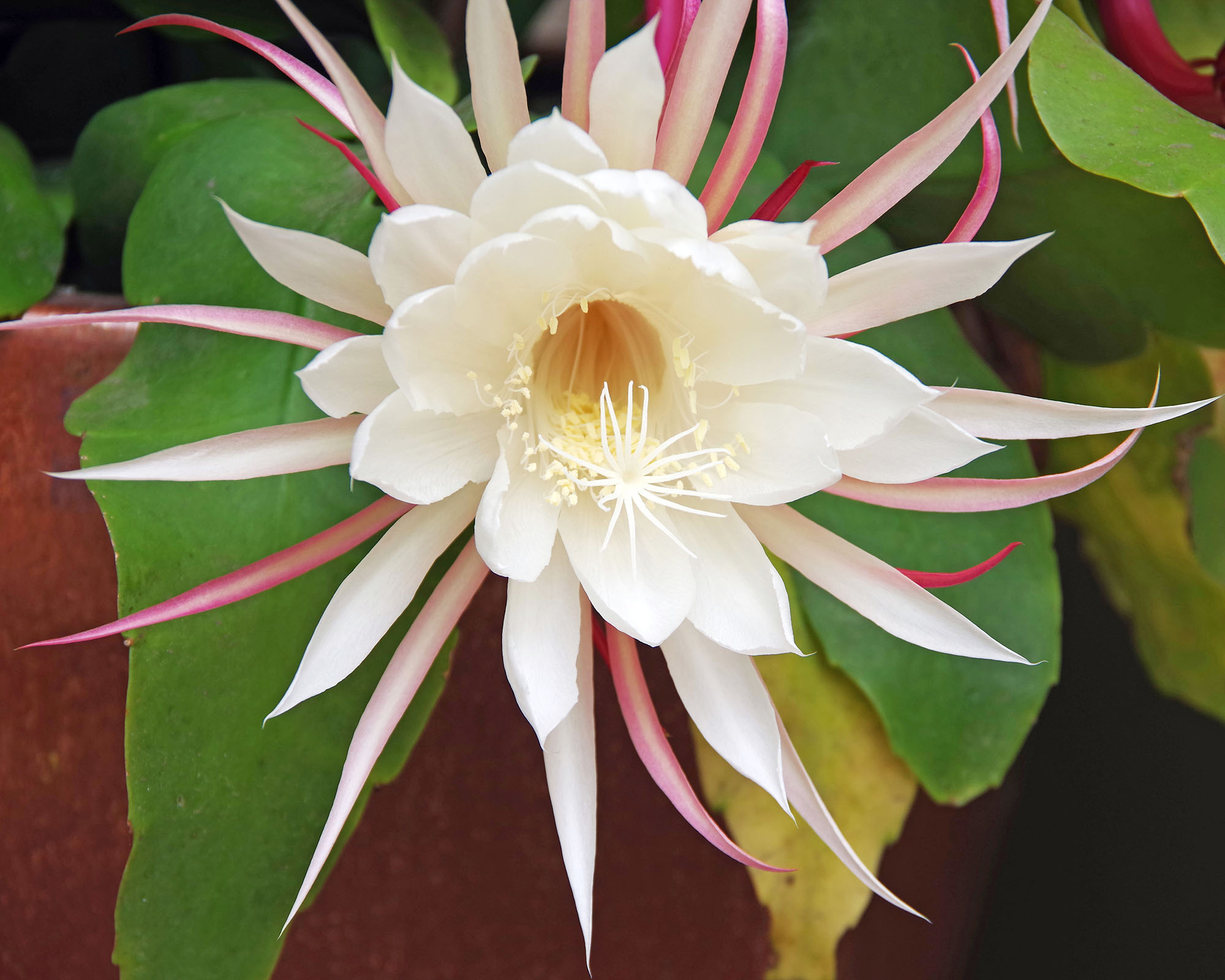
Night-blooming Cereus is a classic among scented cacti. It isn’t much to look at until around June when flower buds begin to form.
The flowers open around 8-9 in the evening and are at their peak around midnight. For night owls, the display and scent are spectacular. By morning, the flowers are all gone.
4. Echeveria
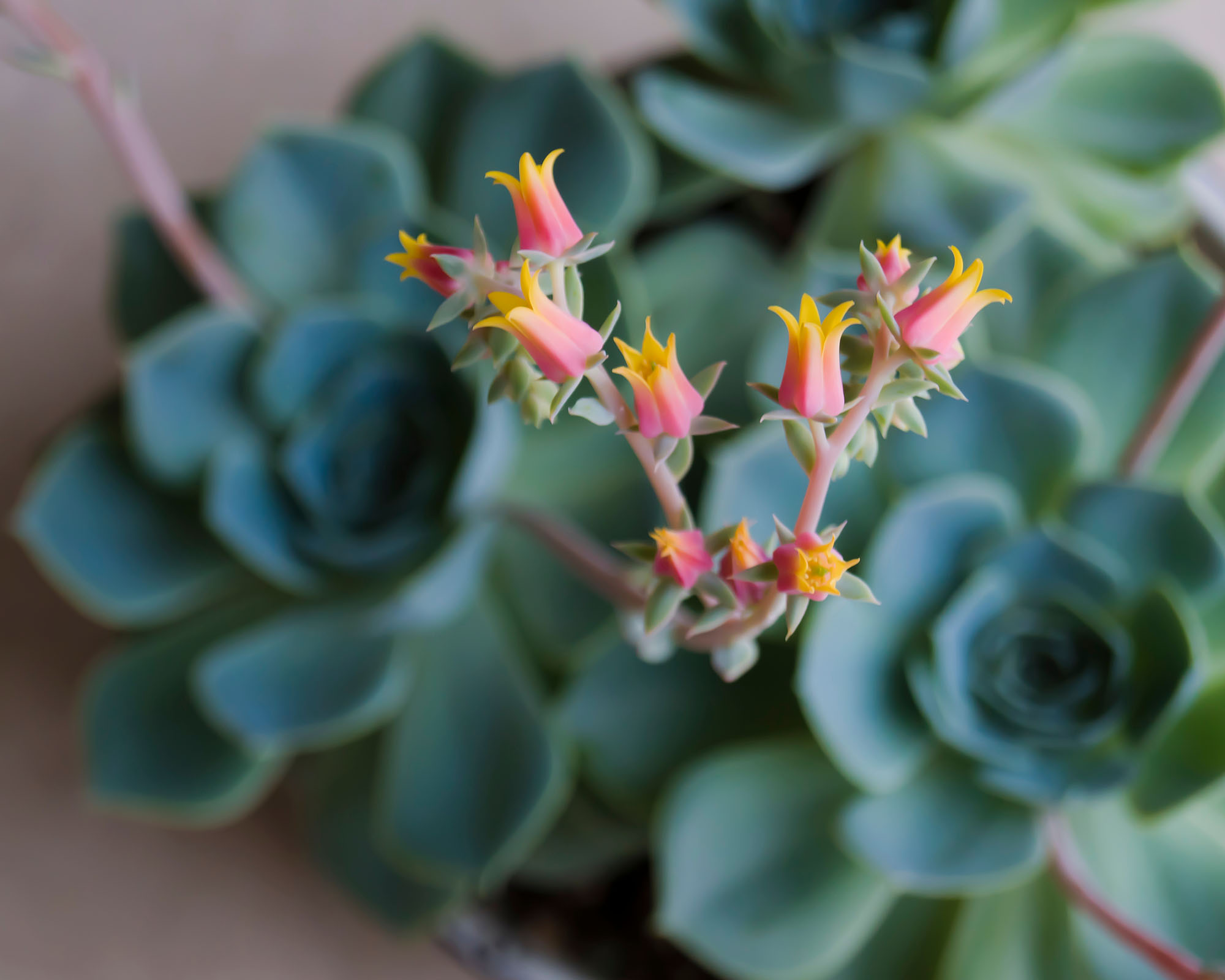
These small succulents are appealing without blooms. Echeveria form in a tight rosette and come in a host of pastel hues.
Echeveria Elegans ‘Raspberry Ice’, has flowers that smell of vanilla ice cream. The scent is enough to make you want to grab the tub from the freezer and have a bowl.
5. Plectranthus
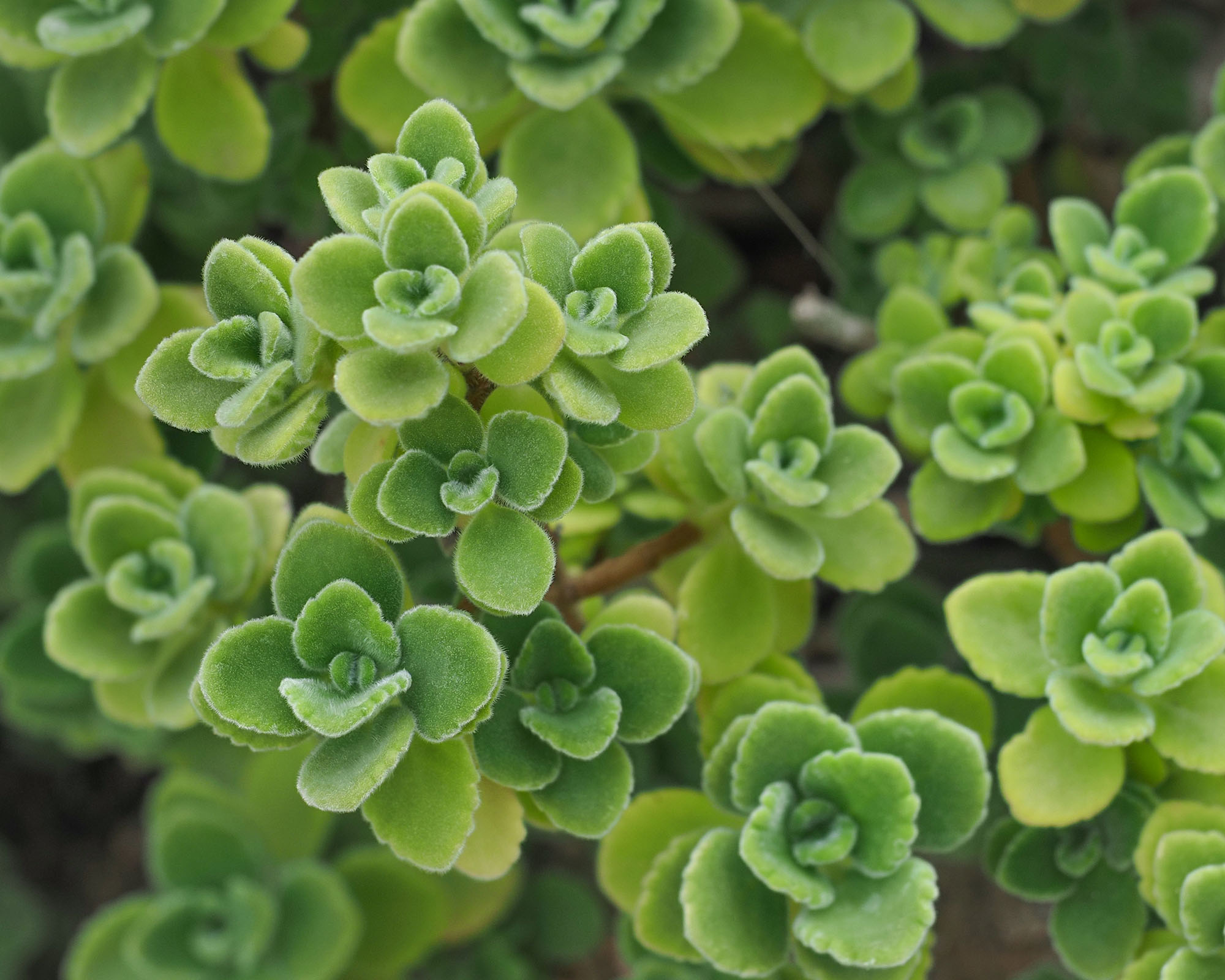
This little guy is also known as the Vicks plant. This is because when you gently caress the leaves, a menthol aroma is released.
Plectranthus flowers are not the scented part of this plant – the aroma is emitted year-round from the stems and leaves.
Several other species in this genera also have strongly scented leaves.
6. Echinopsis
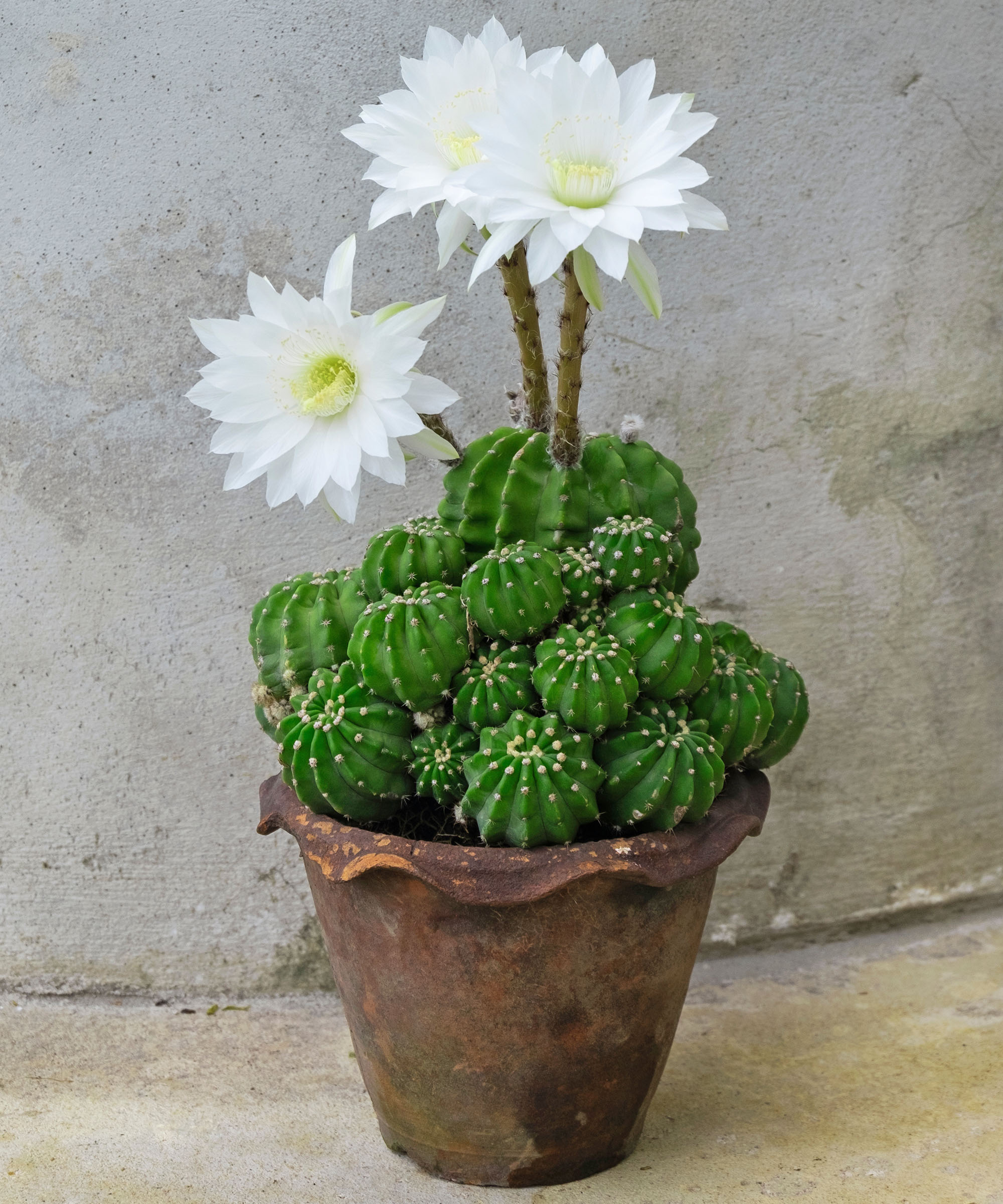
There are many species in the Echinopsis group, of which a wide variety emit pleasant scents.
One species of note is the Easter Lily cactus, named after its large flowers that smell similar to lilies.
There are several other species, such as hedgehog cactus and sea urchin cactus, with brilliant flowers that produce a strong, heavenly scent. E. viridiflorus has a citrus aroma, while E. subdenudata smells a bit like cilantro.
7. Crassula
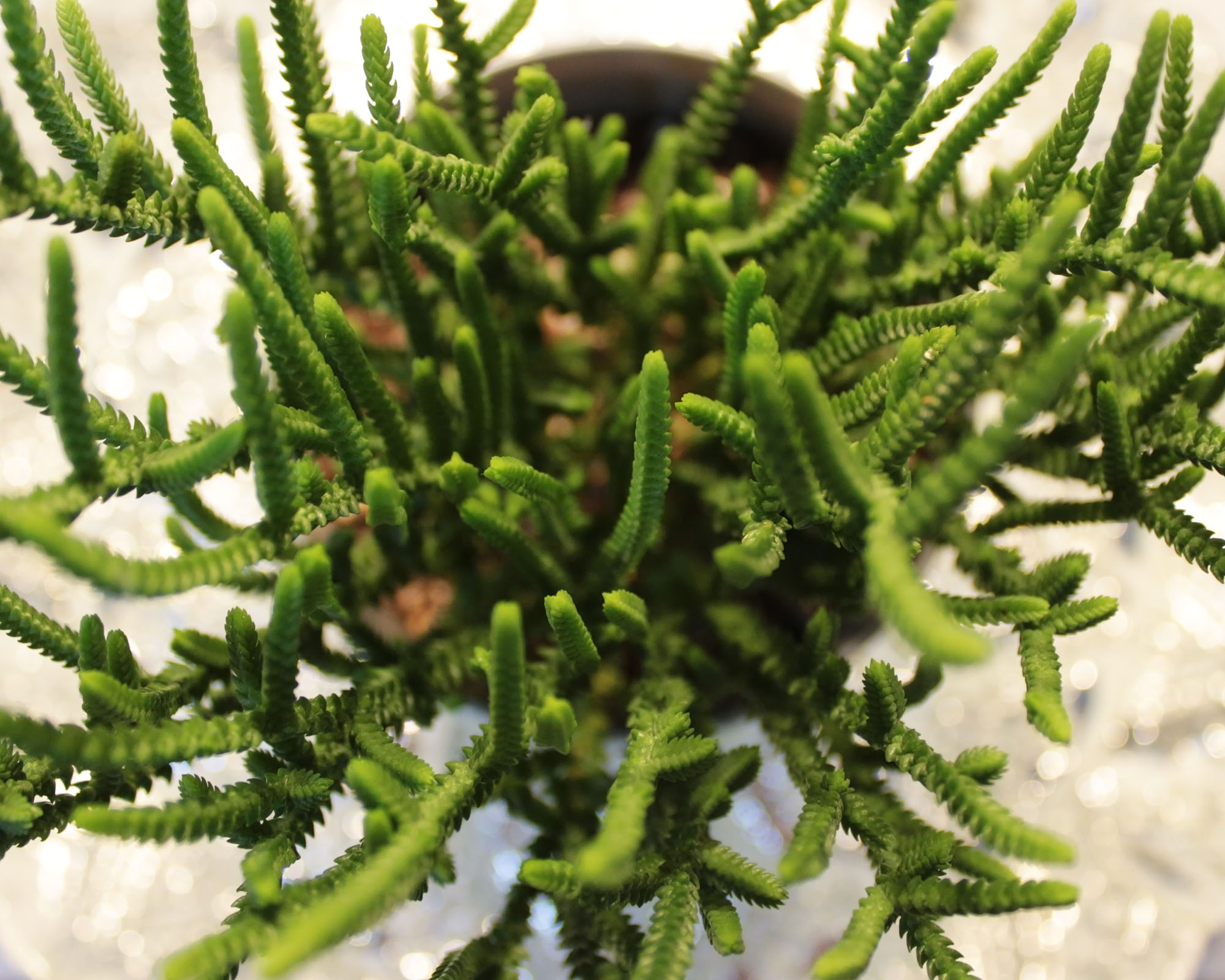
Most Crassula have flat, fuzzy, gray to gray-green leaves. They produce clusters of tiny flowers in hues of pink to yellow. The scent is sweet and honey-like.
C. fascicularis is very fragrant, as is C. falcate. Crassula muscosa is a strongly scented bloomer even though the flowers are so tiny they are hardly noticeable.
8. Sedum
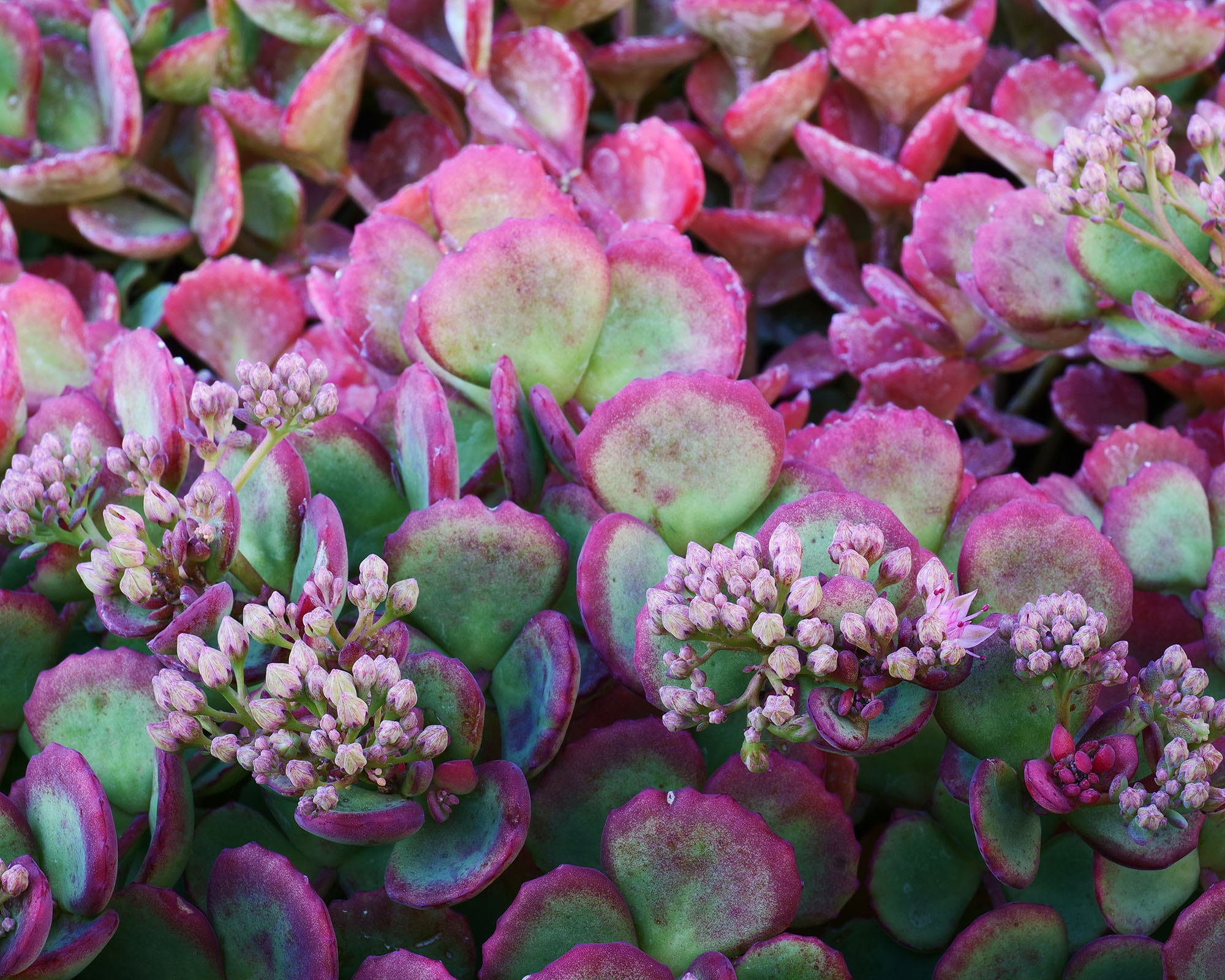
Sedum are very common succulents that may be found as houseplants and outdoor specimens. Their forms vary from rosette to trailing but each species produces brightly colored blooms.
Most of the varieties have a fruity aroma, similar to a fruited breakfast cereal.
The incredible diversity of form, color, and size in the Sedum family means there is something for everyone, accompanied by a delightful scent.
Getting succulents and cacti to bloom
Many more succulents and cacti produce amazingly perfumed flowers, such as Neochilenia, Copiapoa, and Discocactus.
Even without flowers, many succulent species have a natural cucumber-like scent. It is a refreshing and light odor that must be enjoyed close up.
If you are impatiently waiting for your plant to bloom, consider that some plants are nocturnal or diurnal, meaning they only bloom at night or during the day.
The nighttime varieties can easily be missed, so keep an eye on the plant when it buds.
Sometimes the trick is getting cacti to bloom so you can enjoy the aroma in the home.
Succulents need a rest period or dormancy of 2-5 months. This is when the plant isn’t actively growing but it is an important trigger for budding.
Most plants in the succulent category will respond to light variation as a cue to begin flowering. The presence of brighter light after winter doldrums is usually the key. Use a plant light in late winter to begin encouraging the plant to form buds.
Another cue for flower formation is temperature. In the home interior the climate is usually fairly consistent, so move the plant to a cooler location for a couple of months. Then bring it out to bright light and warmer temperatures.
Fertilize succulents and cacti in very late winter to early spring to help fuel flower production.

Bonnie Grant is a professional landscaper with a Certification in Urban Gardening. She has been gardening and writing for 15 years. A former professional chef, she has a passion for edible landscaping.